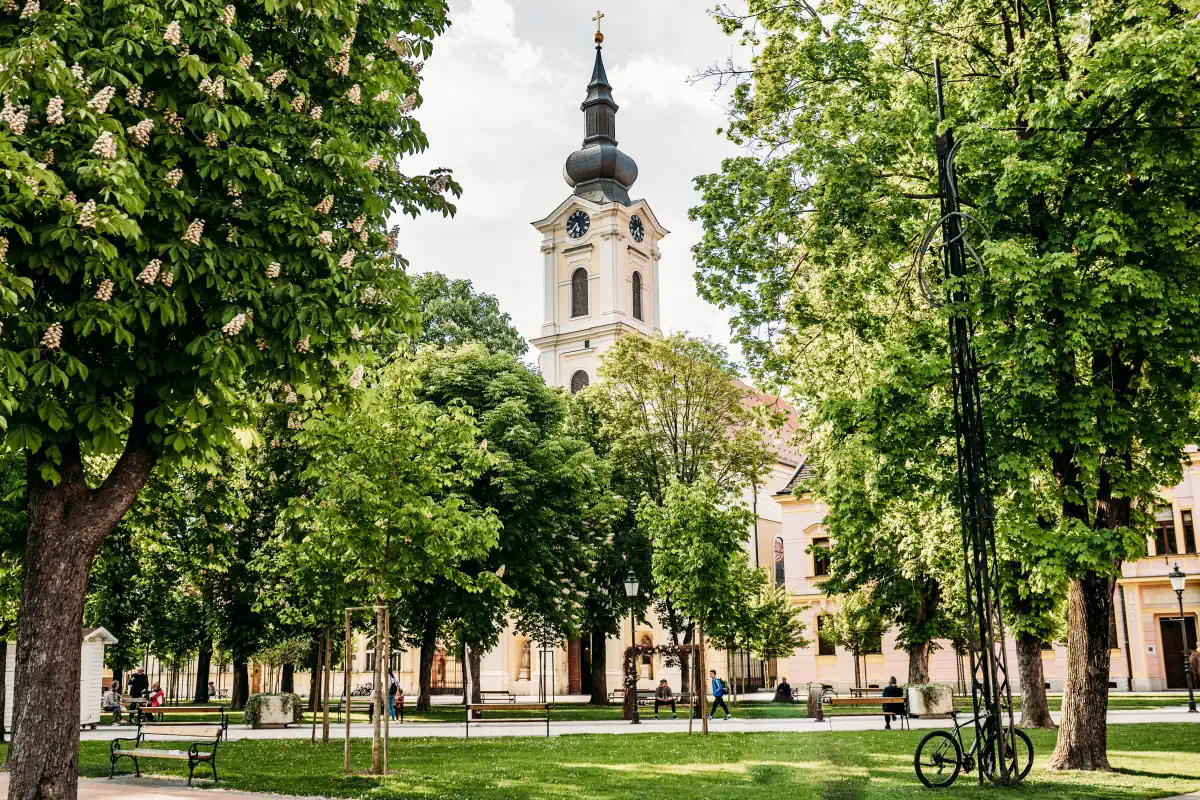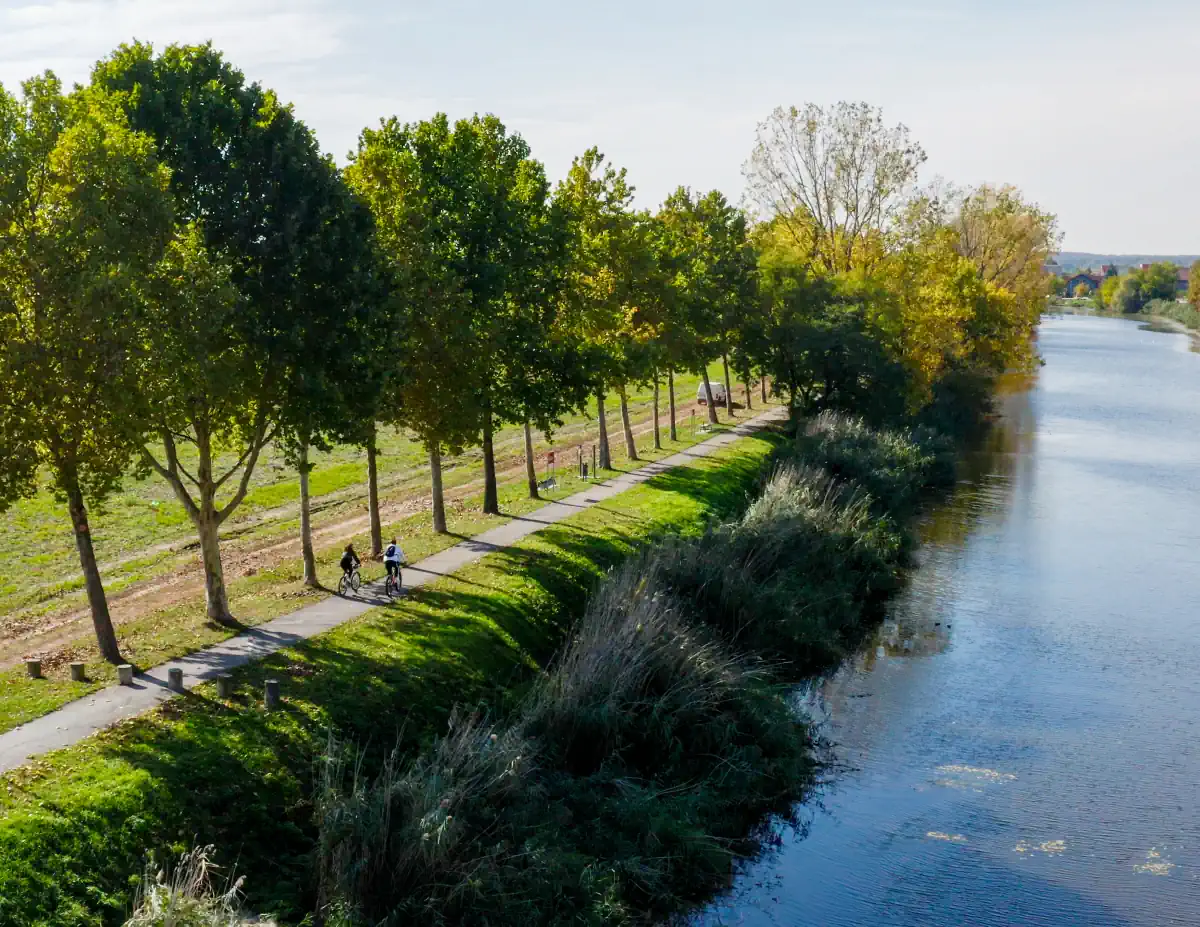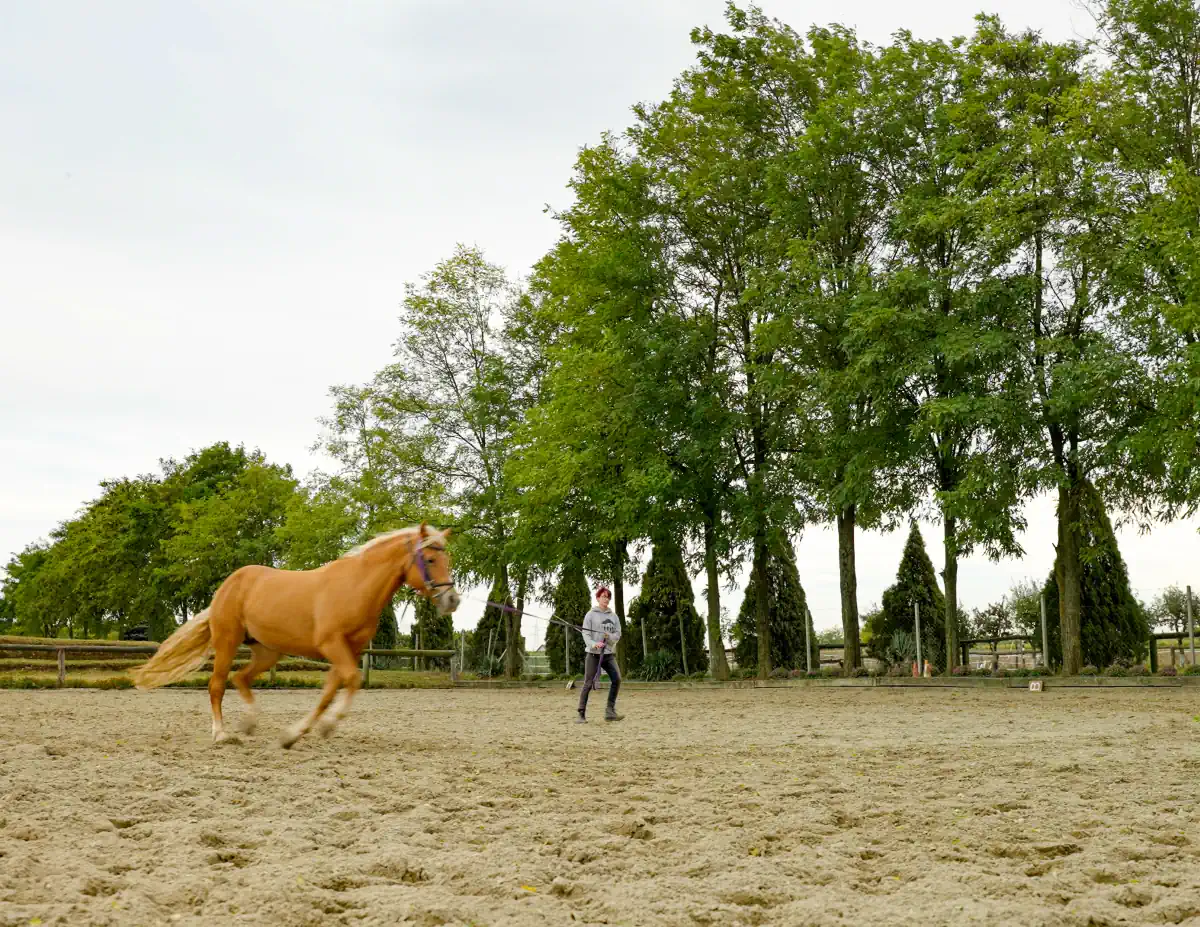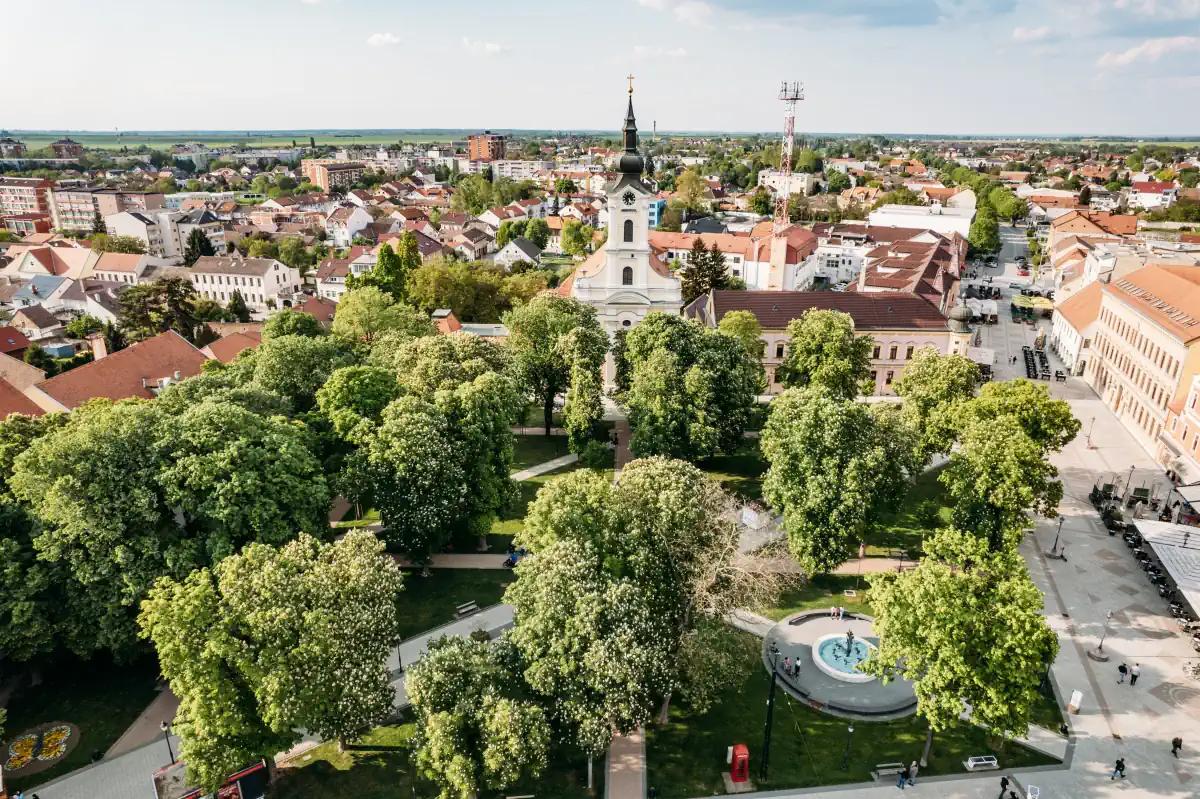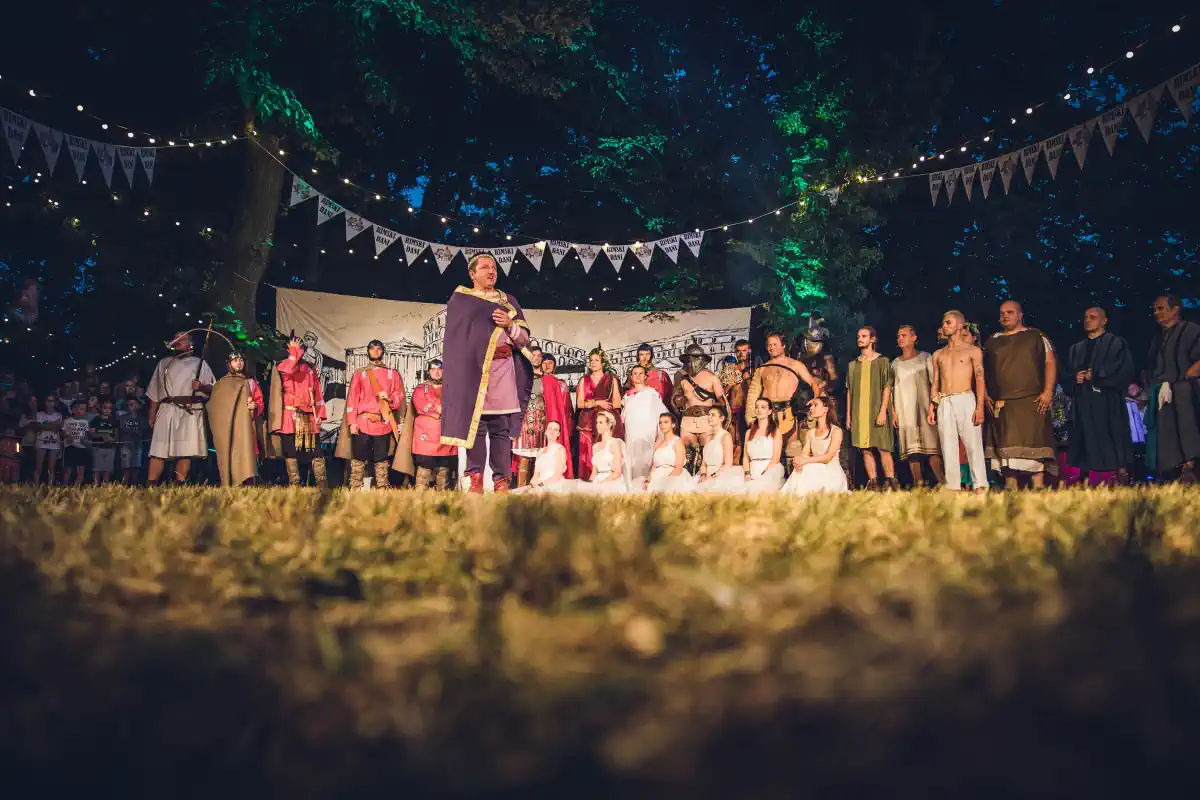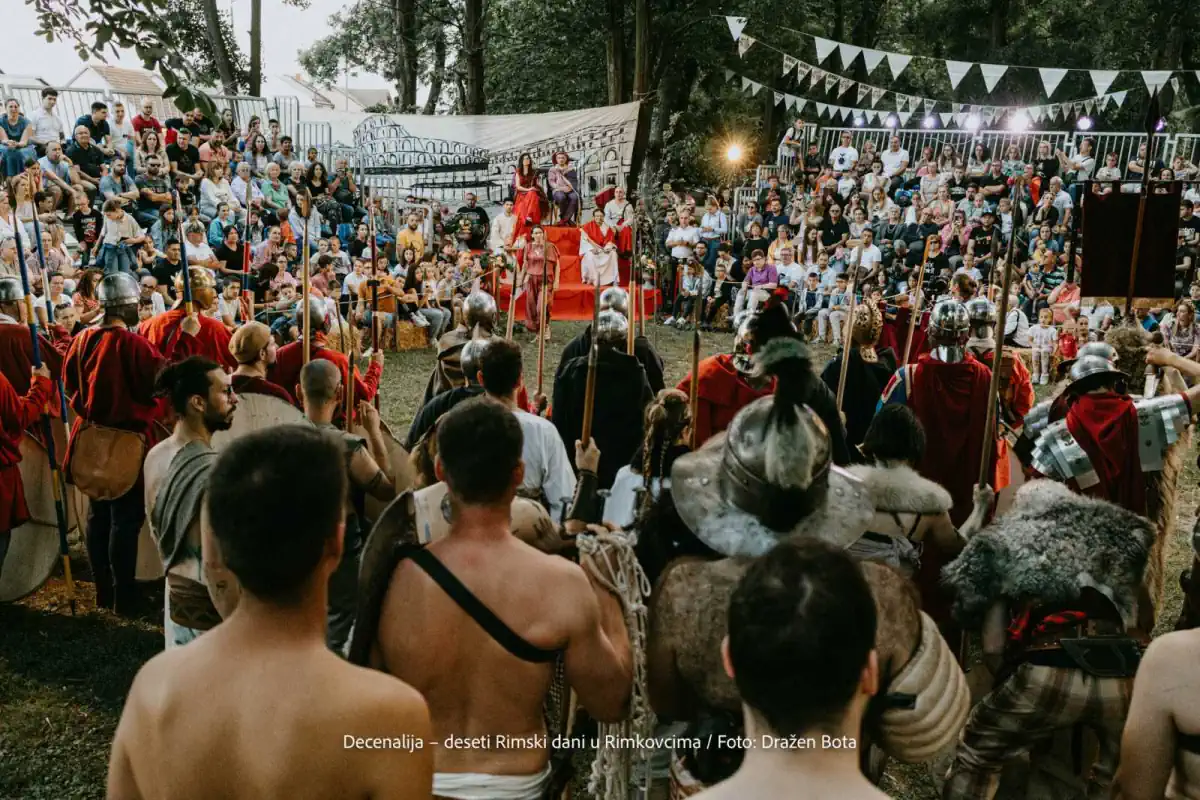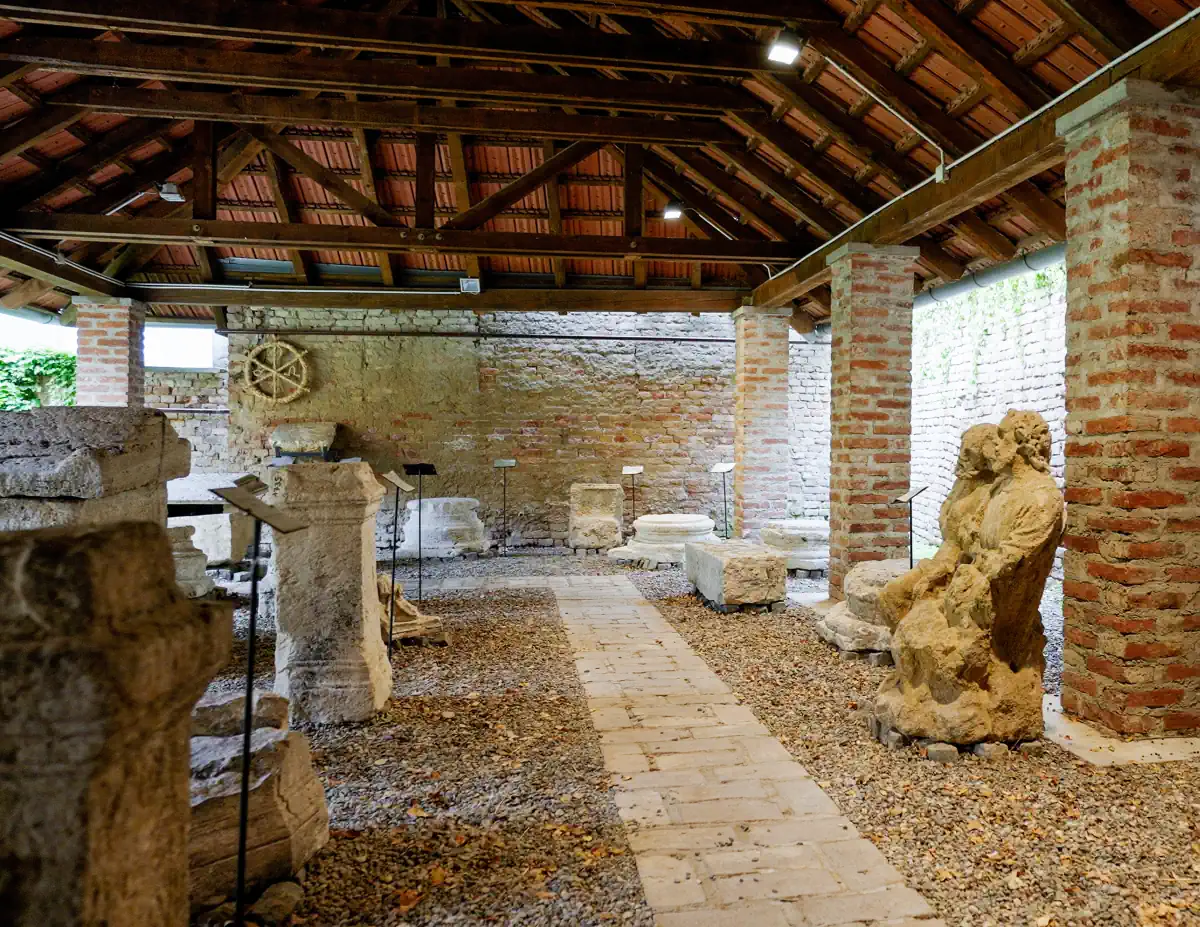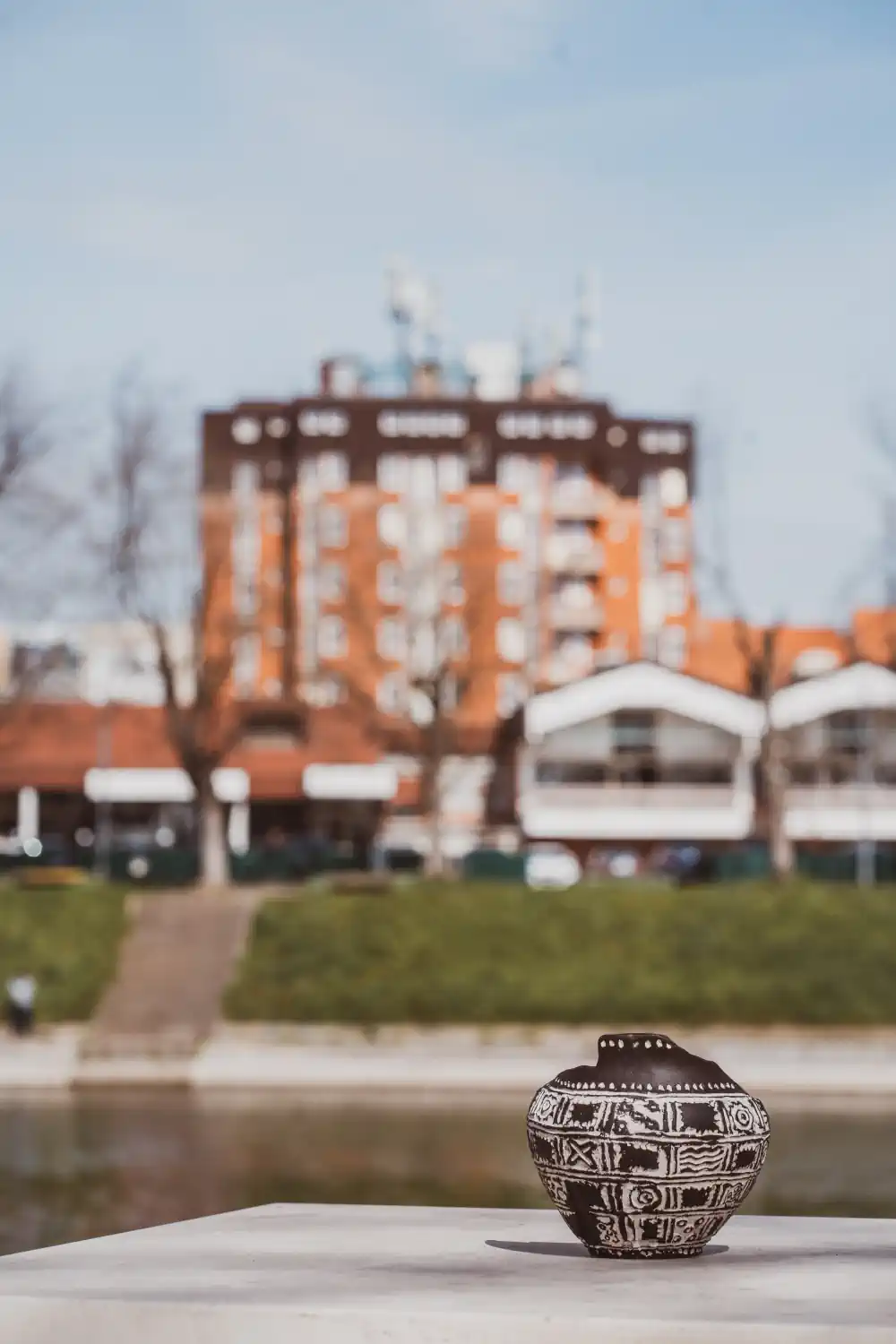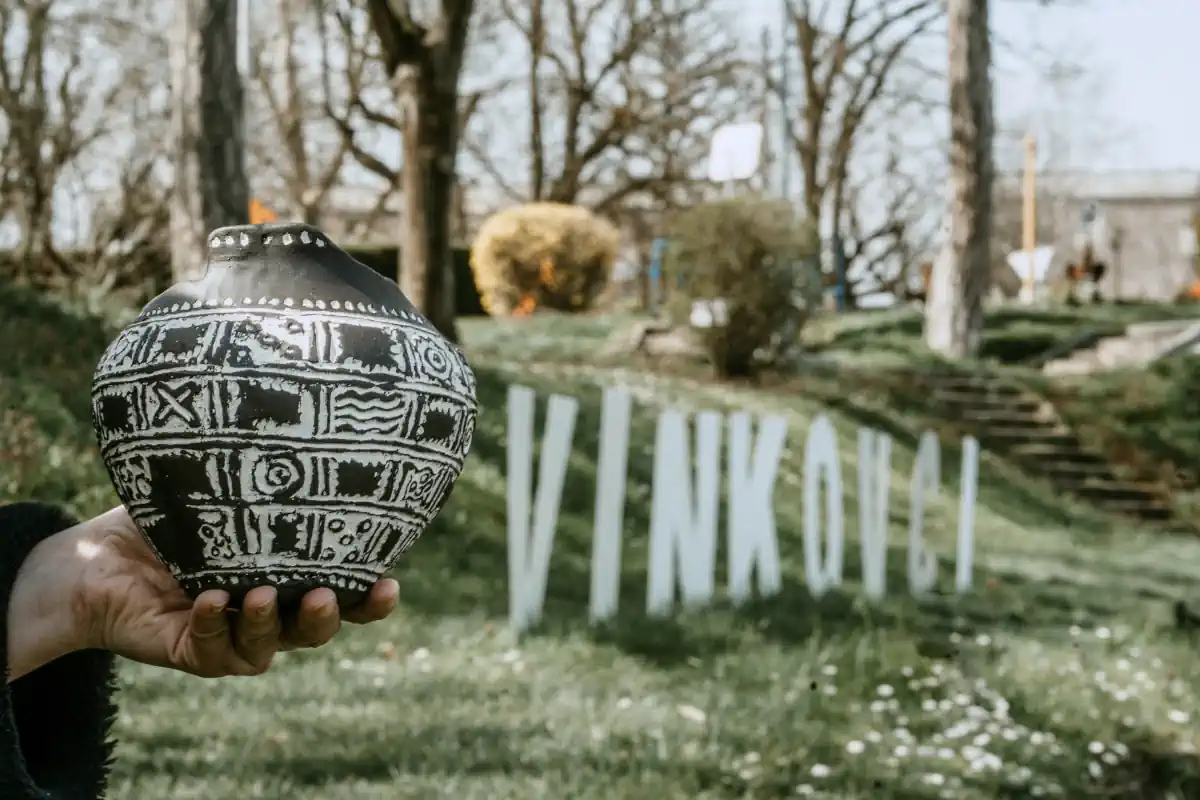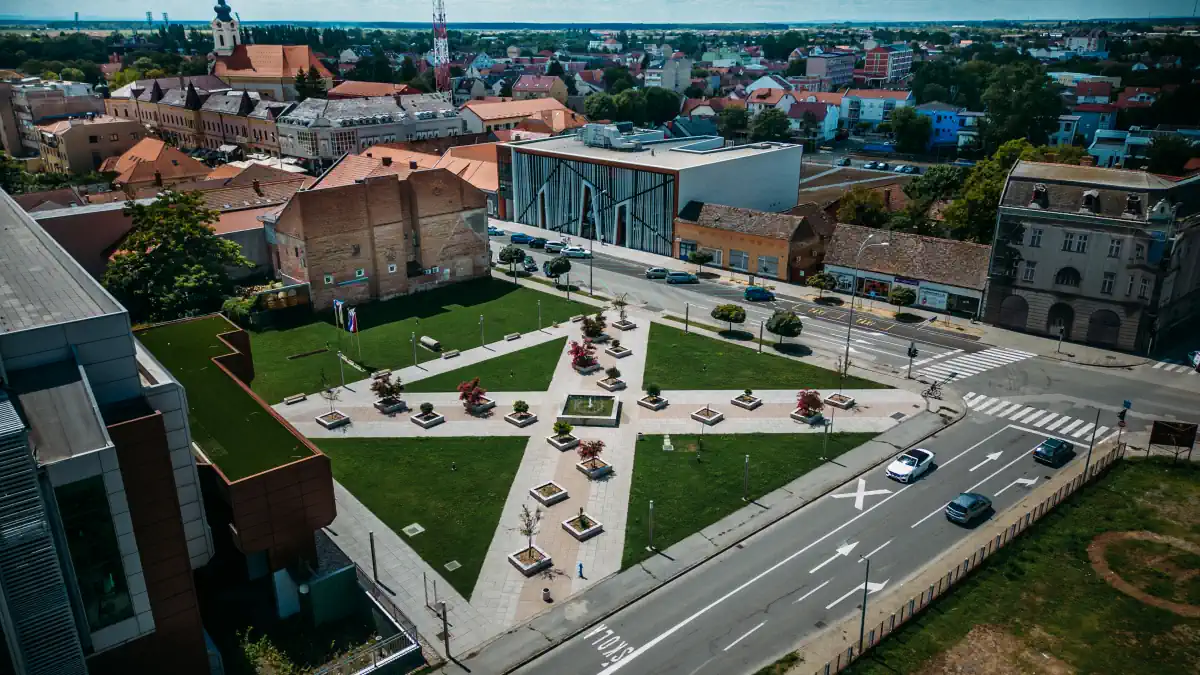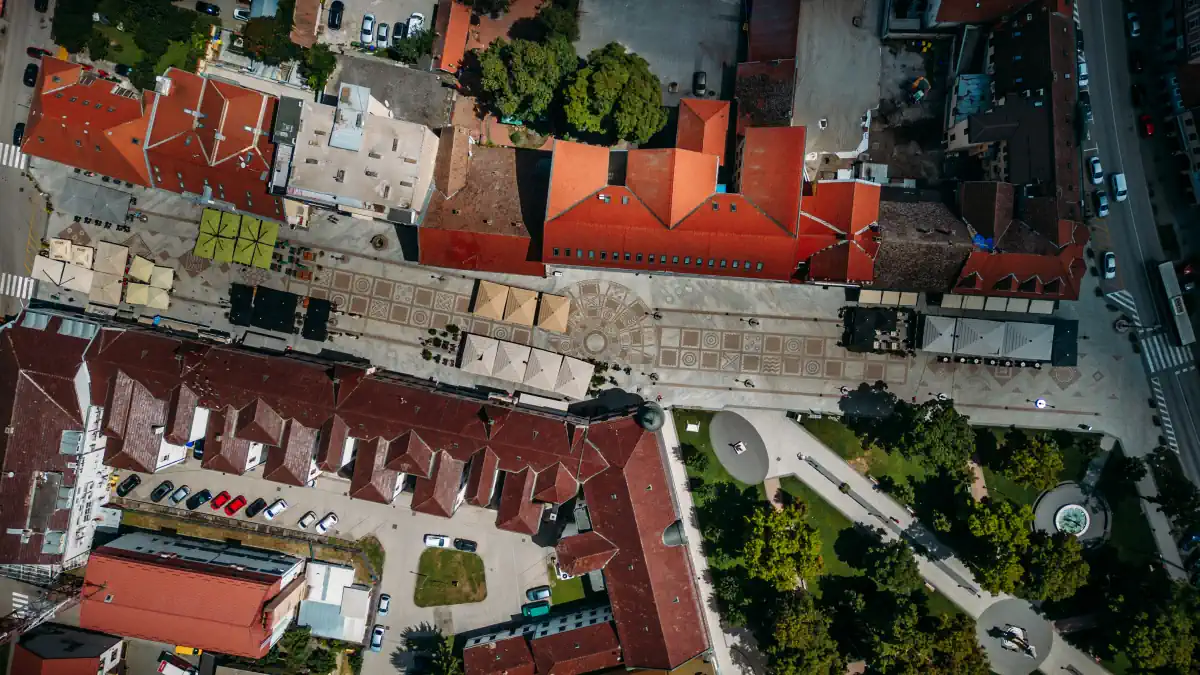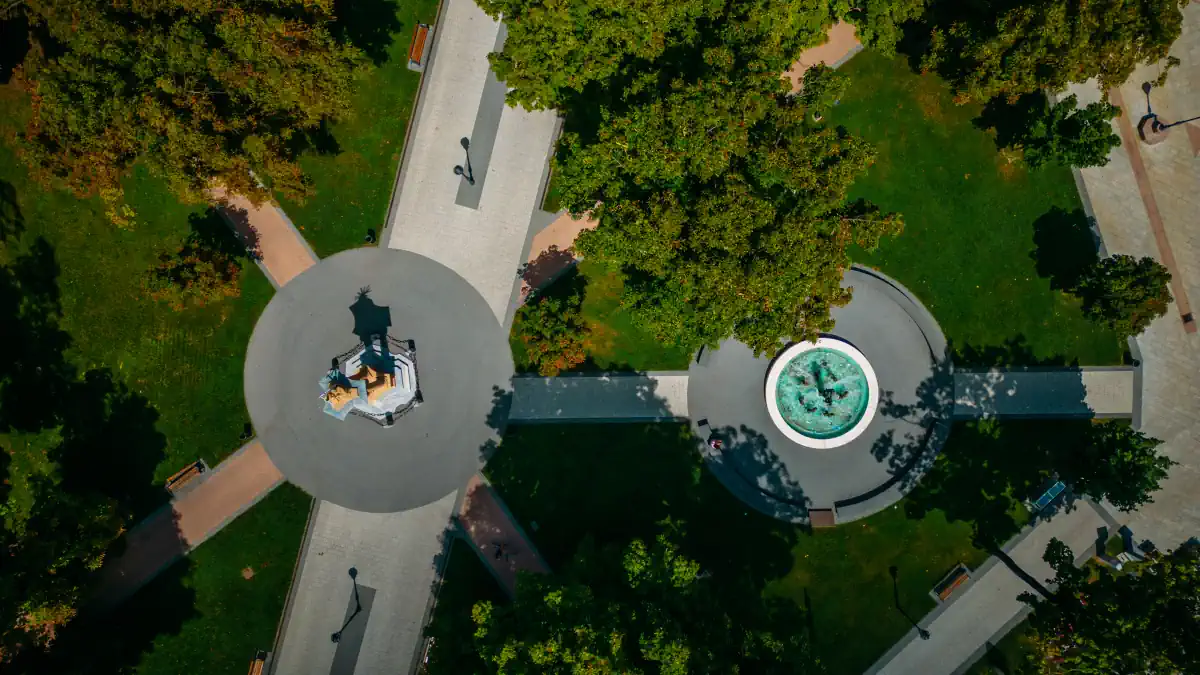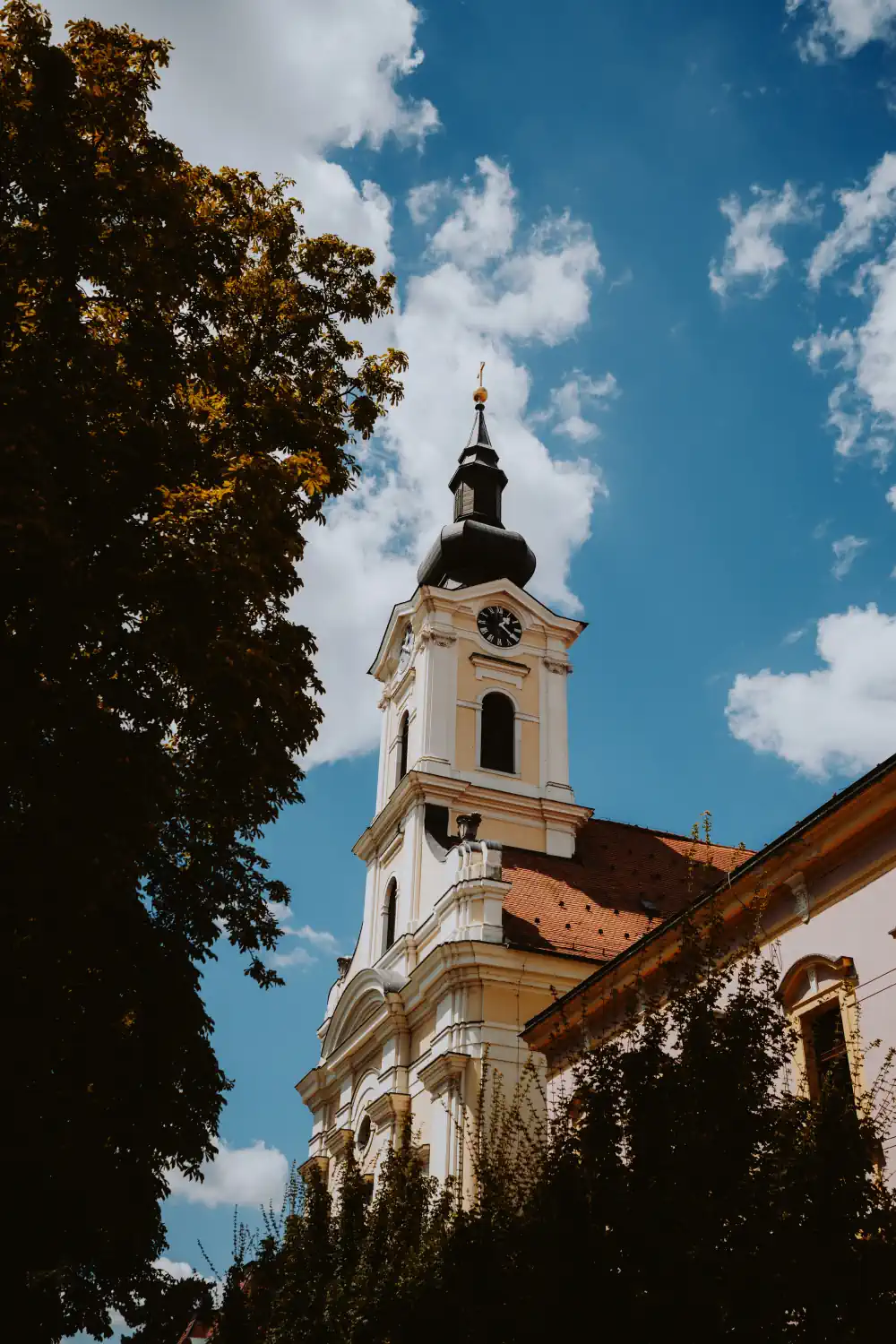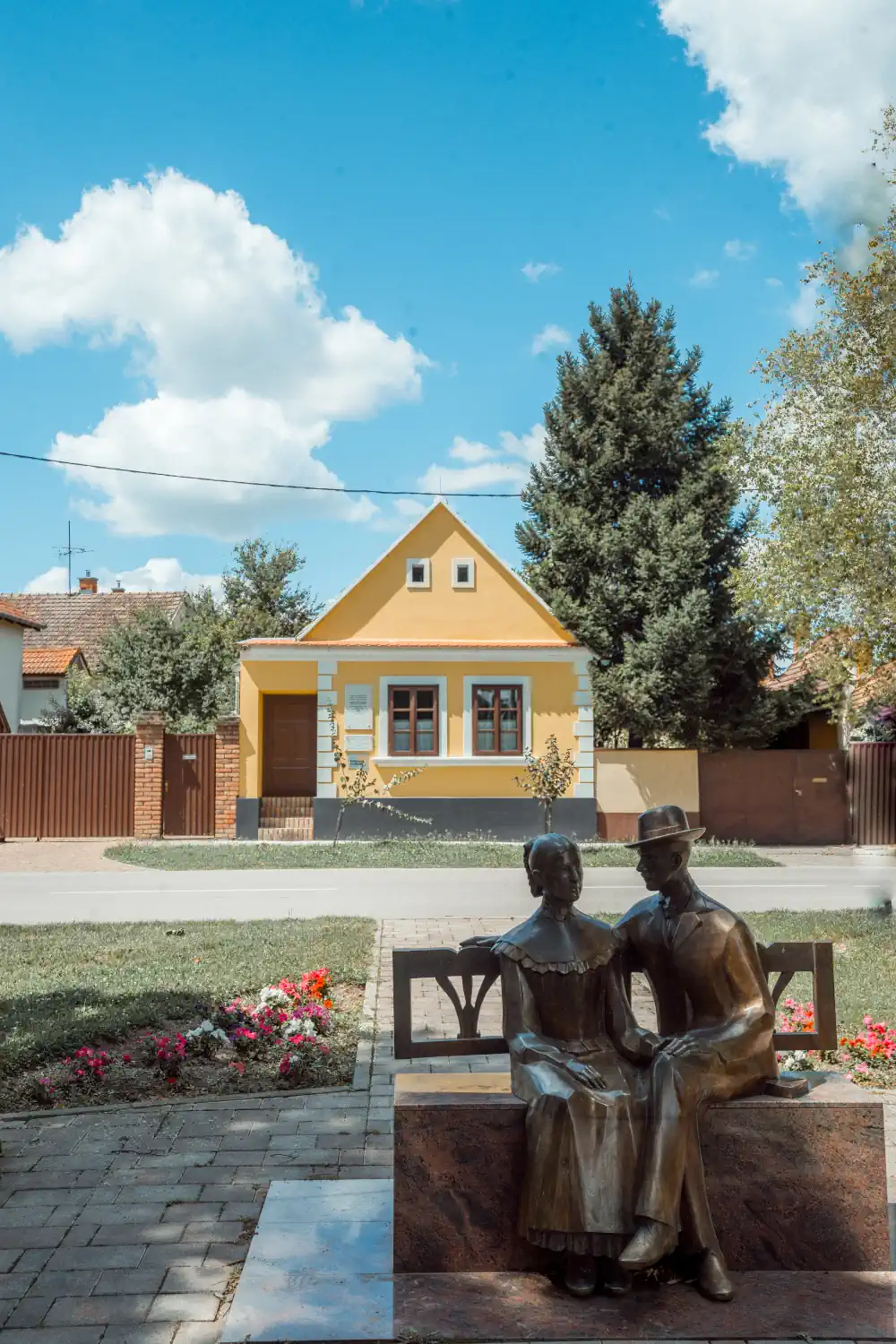The right bank of the Danube River in Eastern Croatia was inhabited by the population of Vučedol culture at the beginning of the third millennium BC. It was the time of the Sumerian period in Mesopotamia, the Old Kingdom in Egypt and the early Troy. During that period the oldest Indo-European calendar, known as “Orion”, was created. The whole range of ornaments on Vučedol vessels is based on the Sun and astral symbolism as well as Venus and Mars. The carved ornament on the vessel found on the Vučedol layer in Vinkovci and dating back to 2600 BC.

Presents the most complete Indo-European calendar based on astral symbolism with relevant constellations for all four seasons. Although it was created at the same time as the Sumerian and Egyptian calendars, it does not represent their replica because it is based on the45th parallel north. The climate conditions corresponding to that latitude result in four seasons.
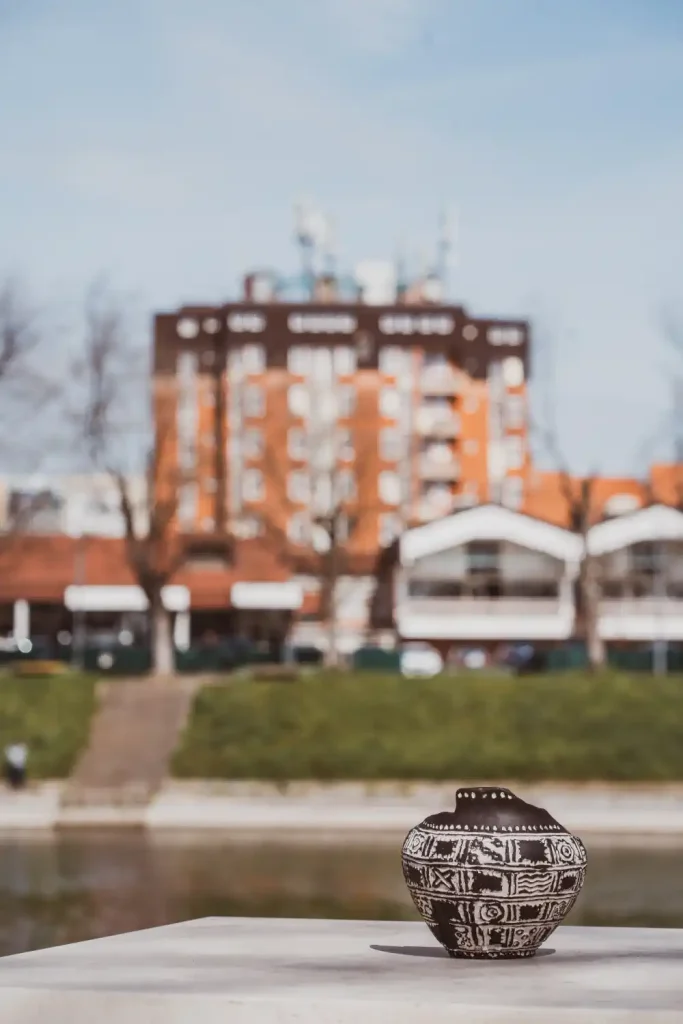
The constellations symbolizing individual seasons are presented at dusk as the first features in the evening sky (Orion, Pleiades, Gemini, Pisces, Cassiopeia, Swan). The usual representation of the Sun, without any representation of the Moon, confirms the complete absence of lunar symbolism, which is precisely the Indo-European characteristic. In Vučedol culture, the year used to begin with the spring equinox, when the Sun symbolically took the place of the most important winter constellation - Orion.

On that night the Orion Belt (three stars) would briefly appear for the last time in the winter sky, before disappearing for several months. This coincidence, the disappearance of Orion on the spring equinox, which today occurs 50 days later due to altered precession, was recorded by the inhabitants of Vučedol culture. It helped them to determine the first day of their year, with the actual number of days of the Earth’s annual revolution around the Sun.
